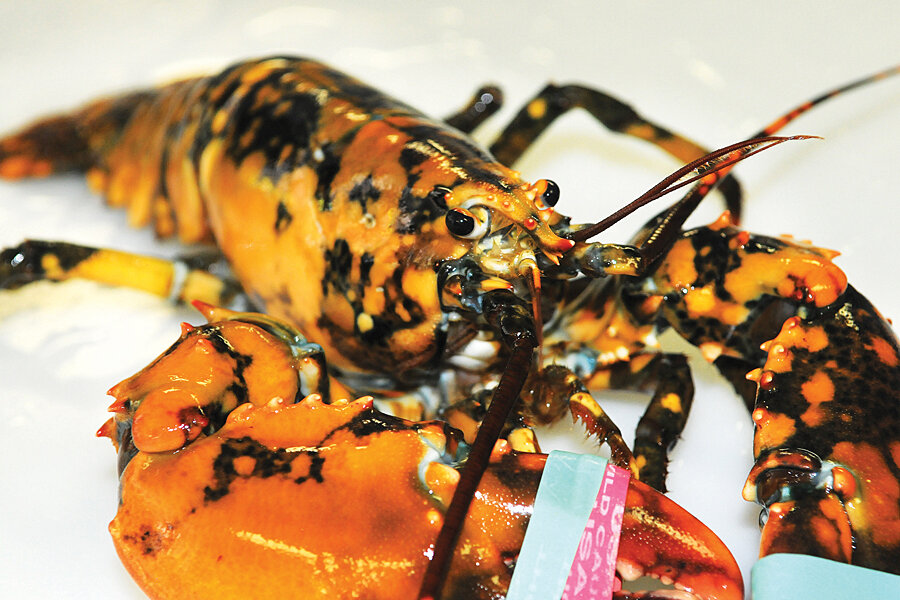Calico lobster: How did it get its spots?
Loading...
| HAMPTON, N.H.
A fisherman has caught a rare lobster that's bright orange with dark blue spots.
Josiah Beringer found the calico lobster in a trap on July 23 in the mouth of New Hampshire's Hampton Harbor. He donated the 1.5-pound, 5-year-old male lobster to the Explore the Ocean World Oceanarium in Hampton.
Beringer tells the Portsmouth Herald (http://bit.ly/1zuh9T6 ) the lobster was found in an area known as Washerwoman Rock, an area between two rocks that gets its name from its "really rough" and "washing machine"-like waters.
The aquarium's Ellen Goethel says calico lobsters are the second rarest in the world, after albino lobsters. She says the spots are the result of a genetic pigmentation mutation occurring in 1 in every 30 million to 50 million lobsters.
___
Information from: Portsmouth Herald, http://www.seacoastonline.com





